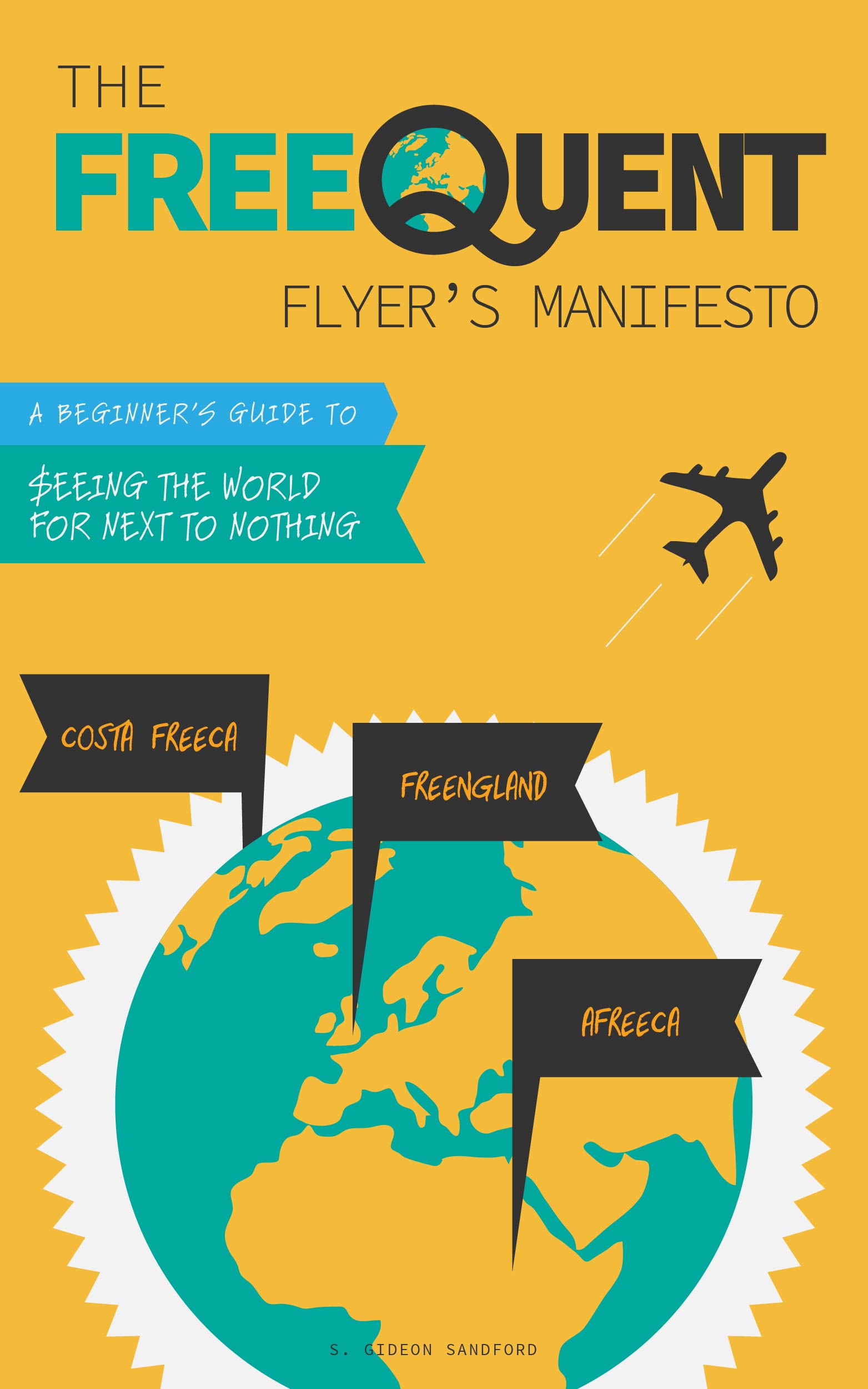2013 End-of-Year Accounting
/Yesterday I asked my readers what they're curious about in my 2013 year as a travel hacker and blogger, and got a ton of terrific questions.
Meanwhile, I've been counting beans and came up with the following data to share with my readers. There are a few things that need a little explaining, but first, the data:
That's a lot of information. There are a few obvious questions, but let me get the asterisks out of the way first:
- * I redeemed all but a few hundred of my Ultimate Rewards points as transfers to my United Mileage Plus, Amtrak Guest Rewards, and Marriott Rewards accounts where I earned well over 1 cent per point in value. However, since they're technically redeemable for cash I thought they should be included here. Additionally, 40,000 of these points came from my Sapphire Preferred signup bonus;
- ** I received a 10% rebate on my Barclaycard Arrival redemptions and received a 40,000 mile signup bonus;
- *** Almost all my Flexpoints were redeemed for up to 2 cents each for flight redemptions. However, like Ultimate Rewards points, they can be redeemed for cash at 1 cent each, so I included them here;
- **** Here's the really tricky stuff. For all the rest of my spending related to manufactured spend, I was able to just divide the total fees I paid by the cost of one "unit" of manufactured spend. For example, I paid $67.50 in manufactured spend fees to US Bank Visa Buxx. Since one load costs $2.50, I knew that I had manufactured exactly $13,567.50 in spend using that technique. At Walmart, there are 3 different price points for manufactured spend: $0.70 for $1,000 money orders, $1.00 for bill payments to American Express and Discover, and $1.88 for bill payments to Visa and MasterCard. While it may be theoretically possible for me to figure out how much I manufactured using each technique, in practice, I'm just not willing to go there, since I had so many split transactions: I would literally have to reconstruct every transaction of manufactured spend I made at Walmart this year.
- **** Likewise, MyVanilla Debit transactions at Walmart cost $0.50, but cash advances at banks cost $1.95. It's knowable how much I spend on each technique, but it would simply be a nightmare putting in the work to find out.
Finally, my Bank of America Alaska Airlines debit card poses one final problem: if I buy a $1,000 money order with a MyVanilla Debit card, deposit it in my Bank of America checking account, then make a bill payment with my Alaska Airlines debit card, I earn 500 Alaska Airlines Mileage Plan miles. But what technique gets the credit for that? The credit card I bought the Vanilla Reload cards with, MyVanilla Debit, or should there an additional category for purely excessive profit (500 Alaska miles for $1.88)? That's not a question with a definite answer, so I'm not going to attempt to venture one here.
Conclusion
Frankly, it was a good year. I took a lot of risks, made a lot of money, traveled a lot of miles, stayed in a lot of great hotels (and one disaster!) and had a really good time learning from my readers.
I hope I helped my readers have a little bit more lucrative and little bit more interesting year than they would have had otherwise.
And I'm looking forward to an exciting new year!


